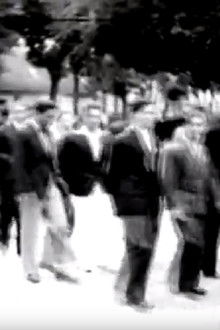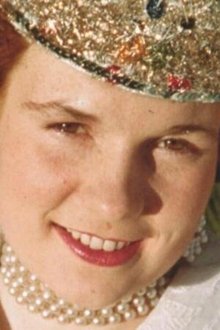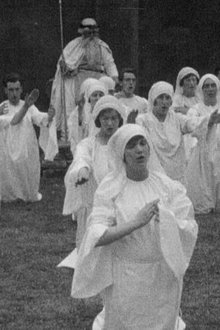Weird and wonderful characters entertain the crowds in this summer's day procession at Pwllheli, Gwynedd.
Related Movies

Alaaf - 200 Jahre Kölner Karneval (2023)
200 years of Cologne Carnival! The most colourful and loudest festival in Cologne celebrates a big birthday. In February 1823, a few men from Cologne's upper class founded the so-called 'Festordnende Komitee' - the forerunner of today's 'Festkomitee Kölner Karneval'. This 'big bang' was a reaction to the old festival getting out of hand in orgies and violence. Carnival was in danger. A ban by the Prussian rulers was imminent. The new committee wanted to control the wild goings-on, establish rules and organise the celebrations.

American Thrift: An Expansive Tribute to the "Woman American" (1962)
Chevrolet presents this tribute to the American woman and her thrifty ways with money. The film also salutes the individuality of the Amerian citizen and the variety of choices we have in the marketplace.

December 6, 1960 (1960)
Independence Day celebrations at the Finnish presidential palace December 6, 1960.
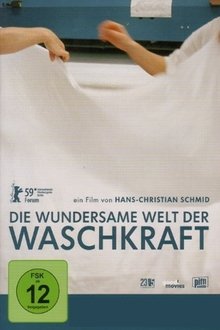
Die wundersame Welt der Waschkraft (2009)
Behind the fluffy towels and crisp white sheets of Berlin's finest hotels is a tale of seemingly brilliant entrepreneurship: A company takes the dirty laundry of German hotels to Poland - and brings it back clean the very next day. Outside of Germany, labor is cheaper and regulations are less constricting. But over and beyond this fascinating capital venture there remains the harsh reality of the everyday life of the hard-working Polish laundrywomen, through whose hands the white sheets pass. While Beata struggles to raise her three children on her meager salary, Monika reminisces about her unrealized childhood dreams of becoming a doctor, and is compelled to watch her teenage daughter Marta gradually follow in her footsteps.

Carnival in Bissau (1980)
Documentary short that explores the meaning of the locals’ African identity through the Carnival festivities.

A King Like Me (2024)
Follows members of the Zulu Club, New Orleans’ first Black Mardi Gras, as they work to bring the Zulu parade back to the streets for Mardi Gras Day 2022, in the face of a global pandemic, hurricane Ida and the loss of members due to COVID and gun violence.
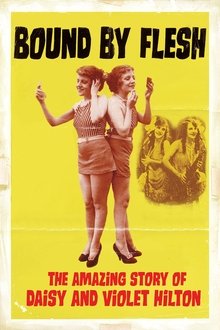
Bound by Flesh (2012)
Conjoined twins Daisy and Violet Hilton were once the cream of the sideshow crop. Taught to sing and dance at an early age, the winsome duo ascended through the early 20th-century vaudeville circuit as a side attraction (working alongside Bob Hope and Charlie Chaplin as well as a memorable turn in the Tod Browning classic "Freaks") before a cascade of unscrupulous management and harsh mistreatment brought their careers (and lives) tumbling down. This engrossing glimpse into a bygone era is filled with fascinating interviews and rare archival footage.
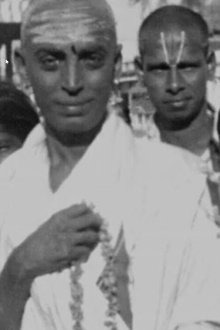
Madras Mylapore - Tank and Religious Processions (1932)
The thronging streets of Chennai in festive mood are captured by this lively amateur film.
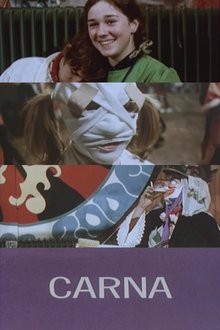
Carna (1969)
Although it was actually an impersonal commissioned film, the director's style is clearly recognizable. Once again he manages to make something that is normal very strange: the dancing people in costumes are filmed in such a way that they look bizarre and absurd. Jan de Bont's camerawork shows a series of color images of dancing people, edited to the rhythm of the music. Halfway through the film, a lonely clown can be seen among the dancing crowd, accompanied by sad music. This clown is played by Ditvoorst himself.

Carnival: Looking for Paulo 'Miller' (2008)
A 2008 short made in accompaniment with Our Beloved Month of August, documenting Gomes's and his crew's hapless search, during 2007's carnival, for one of Arganil's most storied and elusive characters (who does, in fact, ultimately appear as an interviewee/player in the finished film). Paulo "Miller" is known for taking a dangerous jump into the Alva from a bridge each year during carnival, but what this film is about is, in keeping with the free-roving feature, much less the subject himself than Gomes and co.'s inability to pin him down; not only does he not do his famous jump during this year's carnival, but an ostensible technical/audio failure (as with the feature, it's very difficult to say how much of this film is "fact," how much invented) during Gomes's initial on-camera meeting with Paulo "Miller" leads to five minutes of lip-readers attempting to decipher their conversation.
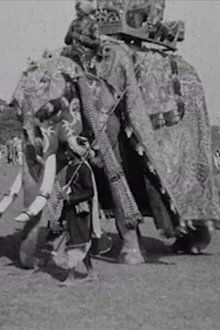
Calcutta Pageant (1912)
Scenes from a lavish pageant held during the royal visit to India, celebrating King George V’s coronation.

Dust Devils (2003)
A beautifully done video of Burning Man 2001, 2002 & 2003. Lots of people interviews, Center Cafe activity and extensive coverage of artist David Best and the Temple construction and burn. This documentary captures the swirling columns of dust that were created during the intense heat of the 2002 Temple burn.
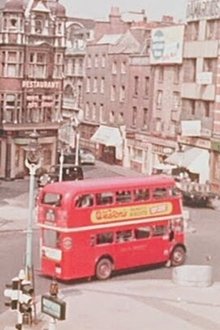
Sunshine in Soho (1956)
1950s Soho beats with far more energy than its 21st century counterpart in this vivid time capsule.
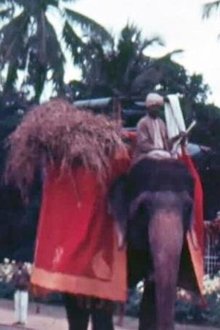
Mysore (1940)
Two sides of Mysore: down to earth with the field workers and an Indian spectacle for the Maharaja.
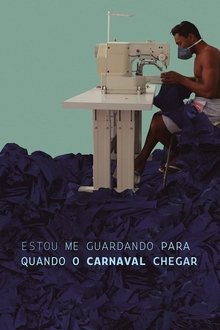
Waiting for the Carnival (2019)
A documentary film about the Brazilian town of Toritama, the self-proclaimed capital of jeans. The workers of the city’s self-managed small businesses only get one real break from their self-exploiting lives in the textile business: the annual Carnival.
